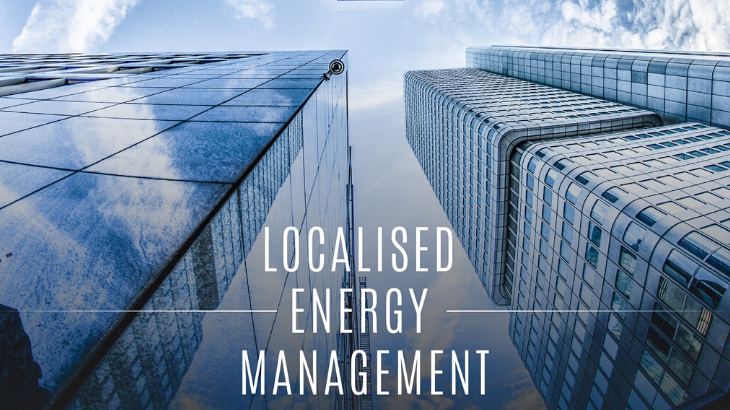Given that buildings are one of the largest consumers of energy, accounting for nearly 40% of the world’s energy expenditure and its impact on the environment, real estate developers are investing efforts in creating a more sustainable option. The global trend is to create awareness, cut carbon emissions and portray a strong case for climate control via energy efficient investments and manage them to affect a positive change. “ Energy management” is being viewed as a sustainability trend driving commercial real estate. It is being looked at as a source of significant savings and operational efficiency.
Application of systems such as smart metering, IoT, predictive analysis, real-time monitoring, interoperability of systems, asset level management and valuation, and cloud infrastructure, streamlines utility bills and shifts to intelligent energy management, transparent assets and smart meters. This assists with real-time energy consumption and historical data, allowing for easy detection of future anomalies and fault detection, leading to savings and reduction in repair costs by 10%. Most of the current energy management systems come with a robust management feature which produces regular bills, automated tenant invoicing and monitoring at regular intervals. All this leads to streamlining of processes, improving building operations and reducing energy consumption.
Also, there is a growing interest to employ energy schemes at the community level. Local energy management is about decentralized energy supply, storage, transport, conversion and consumption within a geographical area. These focus on smart grids, virtual power plants and microgrids for automated control and demand side management strategies to reduce carbon emissions. The need is for integration of renewable energy and fostering efficiency measures to reduce carbon emissions and be more energy efficient.
Local energy management systems differ from location to location. For example, in hot climes, a 1% increase in temperature leads to 1.17% increase in energy demands, while in cool climates, an increase in temperature reduces energy consumption. Irrespective of the locational aspects, energy management system must incorporate sustainable technology, and must:
- Leverage the benefits of cool air for optimization of energy, comfort and better air quality.
- Use IoT and cloud computing to exploit cool air via live weather data and improve comfort by optimizing diffuser discharge air temperatures.
- Ensure maximum comfort and regulate airflow for each room via the angle of the sun, shade, weather and forecasts.
- Geographically place the building via sunrise/sunset times to uphold real-time lighting schedules and guarantee that the system runs only when required.
- Forecast building energy demand, and reduce the peak demand of a building via renewable energy sources and energy storage units (via cloud based approach).
Given that energy efficiency also improves asset value, and buildings that use LEED certifications actually spend $675 less in annual utilities cost per employee than the non LEED ones. Incorporation of a comprehensive energy strategy is no longer just an option, it has become a necessity for the CRE developers to keep them ahead in the game.
